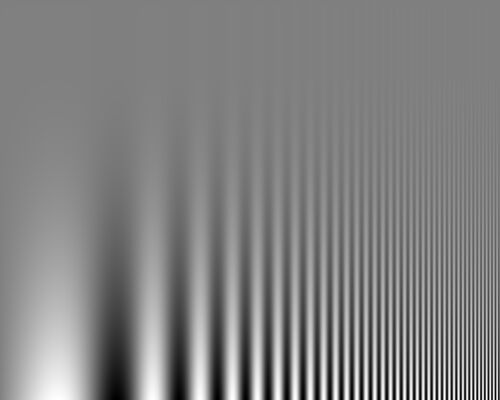hjulenissen said:I believe that this differs for so-called "ISO-less" cameras and... "non-ISO-less" (sic) cameras. Canon generally belongs to the latter cathegory.RGF said:This leads me to a question that I have not received a satisfactory answer yet.
Consider an exposure at ISO 800, why is it that we can better results by setting the ISO to 800 (amplification within the camera via electronics -analog ?) versus taking the same picture at ISO 100 and adjusting exposure in the computer. Of course I am talking about a raw capture.
In both case the amount of light hitting the sensor will be the same, so the signal and S/N will be the same(?), but amplifying the signal in the camera via electronics seems to give a cleaning image
Thanks
Imagine a pipeline consisting of:
(noise injected)->(amplifier)->(noise injected)->(amplifier)
If the second injection of noise is significant, then you gain SNR by employing the first amplifier. If the first noise source is dominant, then it does not matter which amplifier you use.
The high-DR@lowISO sensors used by Sony/Nikon seems to give similar quality if you do the gain in a raw editor as if you do it in-camera. There are still disadvantages to this method, though. You cannot use the auto-exposure, in-camera preview is useless, and the histogram is hard to interpret. You gain better highlights (DR) in low-light images, though.
-h
Thanks. I think I understand most of what you are saying. HOwever the amplication via the computer is should not introduce any noise. The A to D is reduced from 12 (or 14) bits to 9 (or 11) bits for a 3 stop gain. Shadows may go from 6 bit to 3 bit. Not noise, but posterization?
Upvote
0






